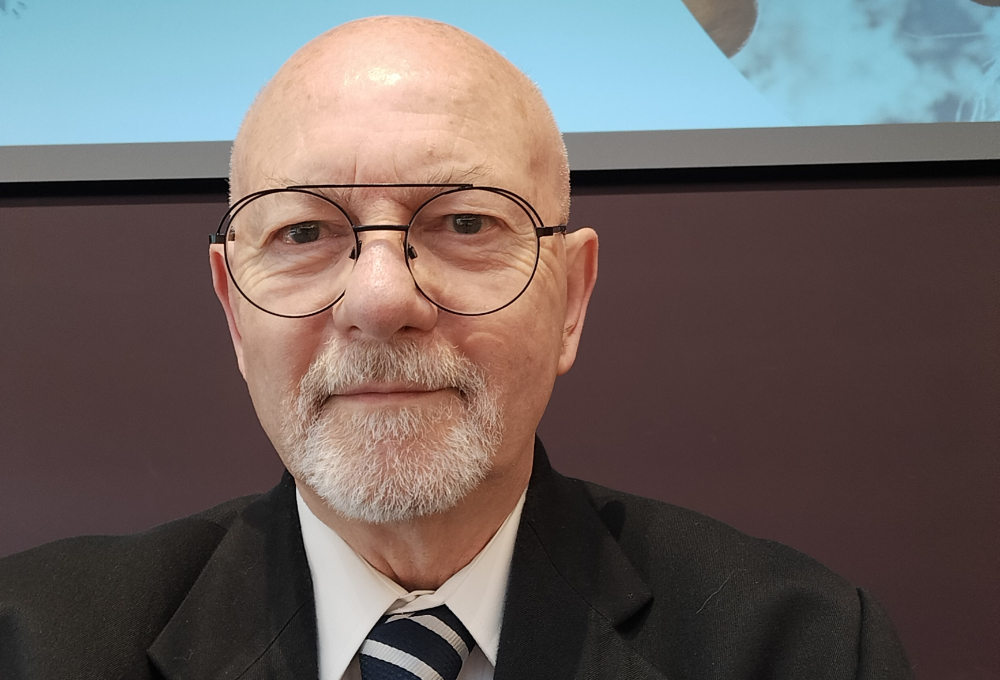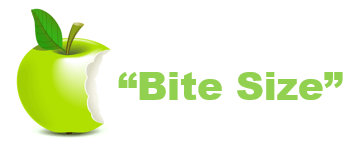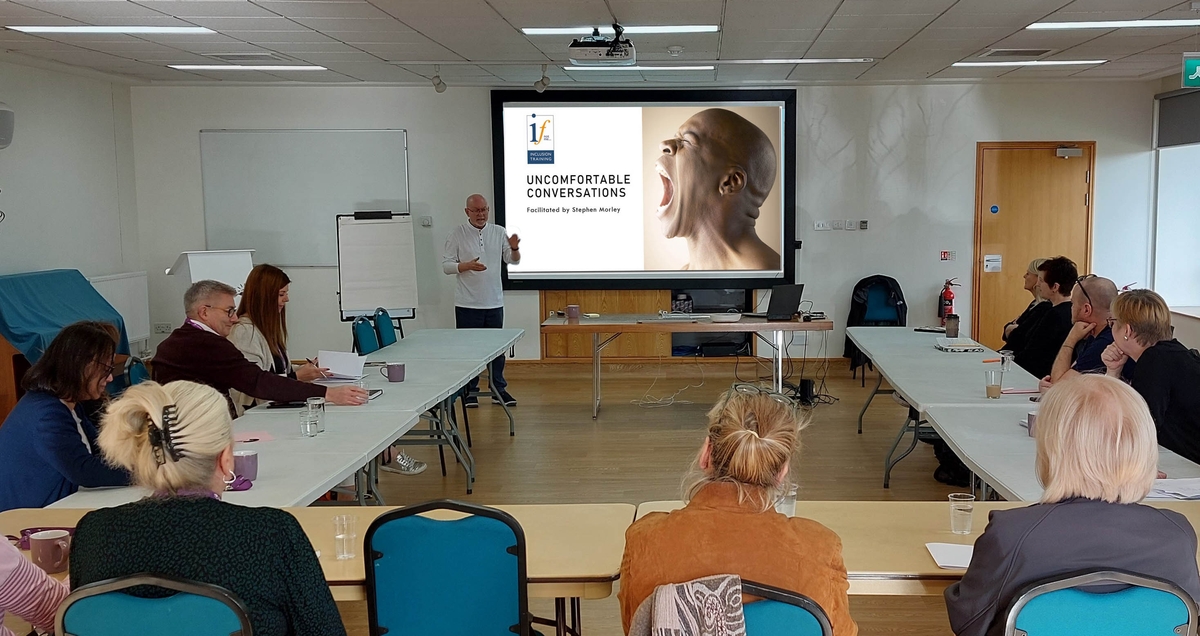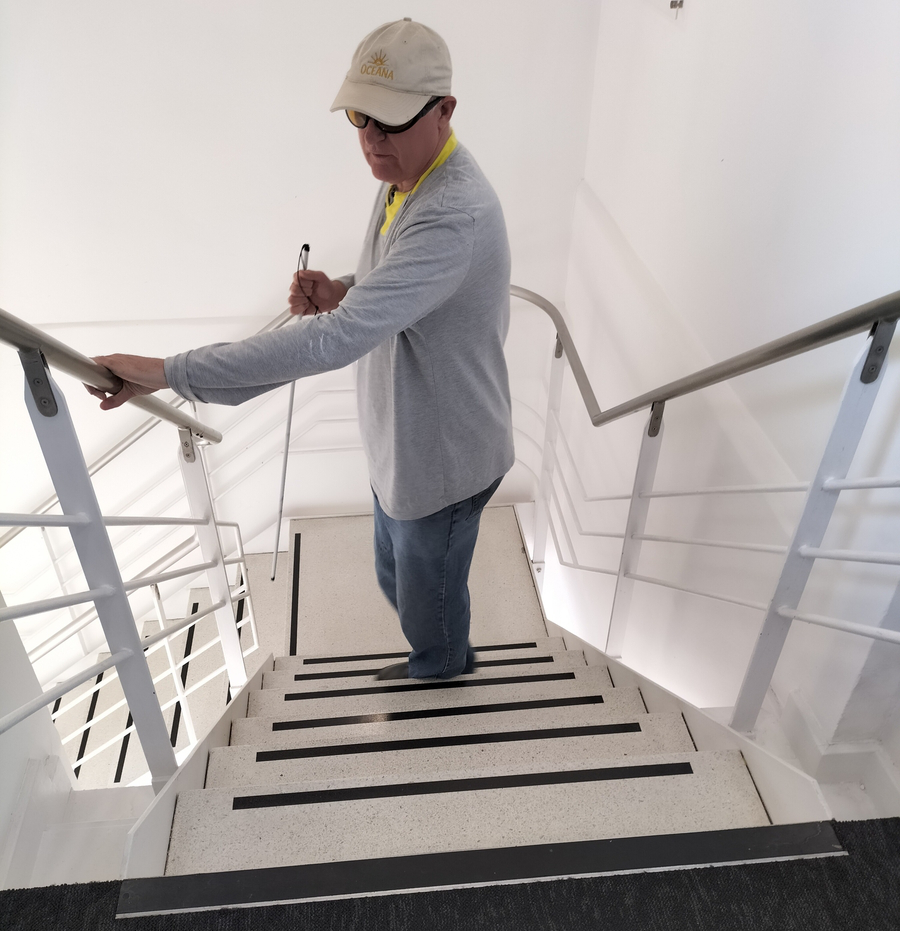Navigating Bias in the Workplace
Understanding the impact of unconscious bias
Find out More
I am an experienced trainer and consultant on equity and diversity, mental health, disability, culture, and race equality issues. Proactive in addressing inequalities, I'm an inclusion teacher, author, educator, public speaker, and mental health and disability advocate.
My background is in local government and business management, I see myself as an instigator of conversations where I'm able to leverage my experience in working with ethnic communities, the homeless, people with disabilities and people with mental health conditions.
I was an Engagement Officer working with young offenders, founded CADMUS (a sports and social hub for young disabled people), worked to address the radicalisation of young Muslim men, and led a programme promoting lifestyle changes for positive mental health.
I'm a great believer in ongoing professional development and I'm always learning. When not offering training and delivering workshops, I enjoy mentoring and working with young people from disadvantaged backgrounds.
New "BiteSize" Industry specific training modules.

Only £250 for a 60-minute online webinar. Recorded for you to keep and replay.
FOR JUNE, THE INDUSTRY IS CONSTRUCTION.
BiteSize sessions include:

Consultants are usually engaged when an organisation decides that it requires outside expertise, help or specialist advice regarding a certain area of its business strategy or function. Since you are reading this, I'm assuming in this case it's ED&I.
And there is nothing wrong with that. Building a diverse and inclusive organisation is not always an easy task, and it's often hard knowing where to start. For me it begins with a conversation. Asking questions and listening. I can then advise on policy, strategy and approaches that provide real impact, creating stronger cultures, enabling broader empathy, and delivering better business cohesion in the workplace. This not only helps you attract diverse talent into your organisation but improves/creates inclusive cultures and identifies barriers to inclusion in the recruitment process. It also ensures that you are not discriminating against any protected characteristics.
At the end of our conversation, you will have a greater understanding and appreciation. This translates to better, smoother, more harmonious interactions. Everyone should feel valued and have a genuine sense of belonging, meaning that everyone strives to be better in your organisation.
Get in TouchI always try to make it clear that I am not a building contractor, architect, or a building safety regulator. When I am approached to conduct an audit, I always approach it from an equality, diversity, and inclusion perspective. So, as well as the physical building, I would be looking at the whole working environment. I lead a small team, Peter and Bryan, both wheelchair users and Abi and Ian, who are both visually impaired. So, the team has genuine lived experience to bring to bear when visiting a premises.
Of course, the audit covers all the usual areas, e.g., wayfinding, arrival and parking, routes to the entrance, surfaces, entrances and thresholds, signage, services and facilities, WC's etc. but it might also report back on the experience of someone with both physical and neurological disabilities visiting the site, as well as the overall ease of navigation within the building. It might also involve, if appropriate, conversations with members of staff around accessibility, and conversations around the welcoming nature of the building.
Find out More